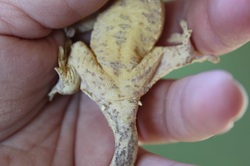
Many breeders refer to 'pores' when selling crested geckos or discussing gender. Pores are a black dot seen in the middle of a scale usually in a line between the back legs or girdle. If the gecko has a clear black line of pores it is a male. The pores usually show before the hemipenal bulge so they are considered to be a more accurate way of determining gender in a young creste than looking for a bulge alone. Once the crestie has 'dropped' the bulge then guesswork usually isn't necessary, but females have a small bulge so when in doubt checking for pores can help.
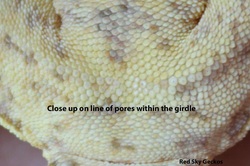
Terms
- Line of Pores or Definite Pores Seen=Male
- Maybe one pore(s)=the breeder has looked at the scales under a loupe/magnifying glass and sees something indefinite that may be a pore but the gecko is still unsexed.
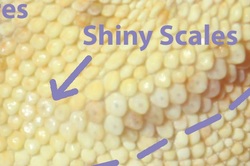
- Possible false pores=this one is hard for the buyer and the seller. Some females show a line of white dots that aren't true pores or indentations. But sometimes males do too.
- Double Spur=refers to the spurs on either side of the bulge. Some lore has it that double spurs mean a male. That seems to be anecdotal.
- Shiny Scales=some say that the indentation of the pores causes light to reflect off the male scales in pictures. There seems to be some truth to this but I've seen shiny scales on a female as well.
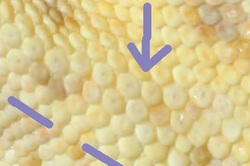
Close up of pores
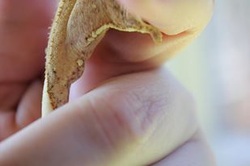
Male bulge seen from the side
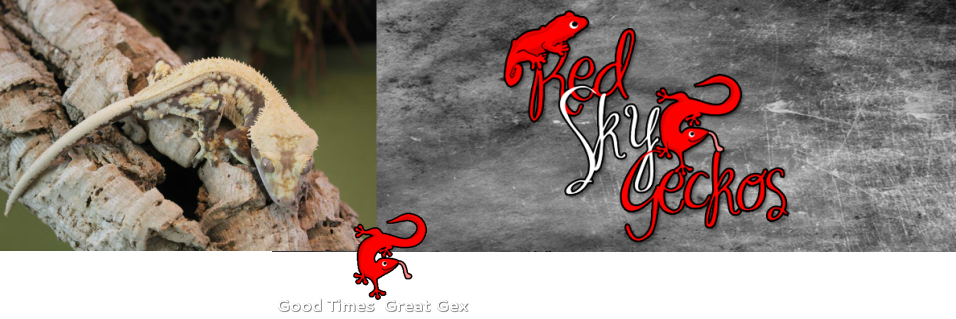
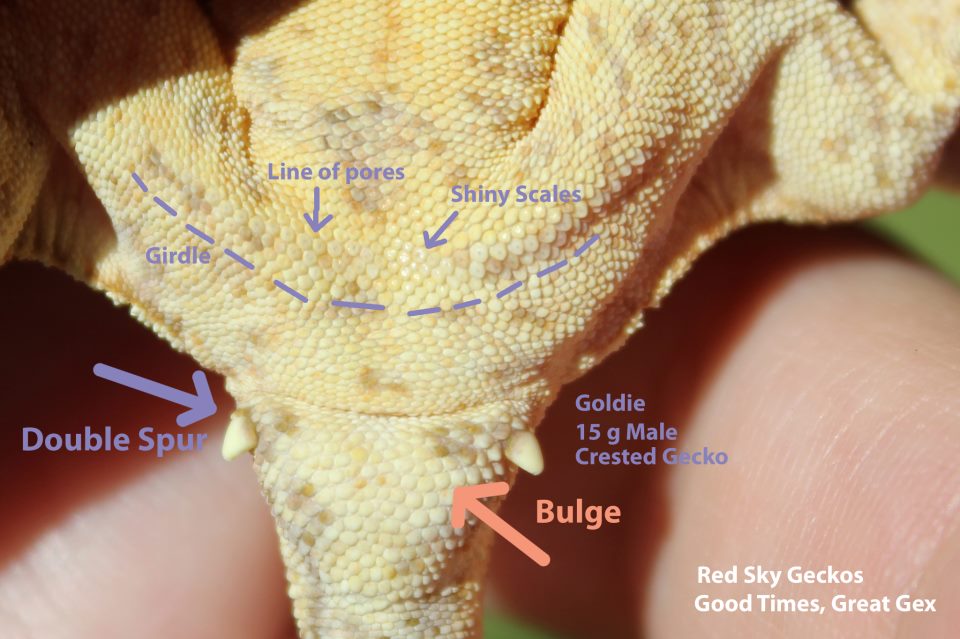
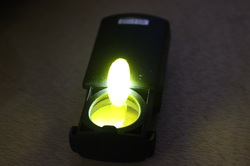
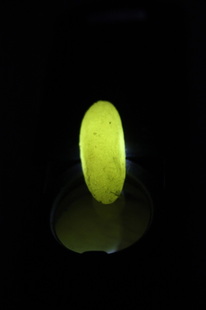
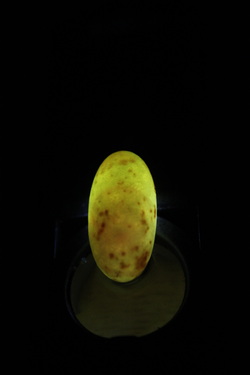
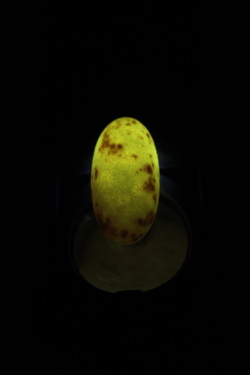
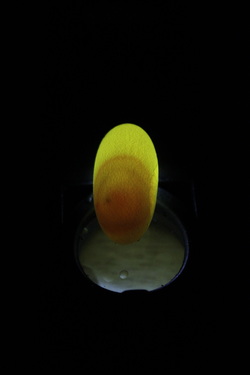
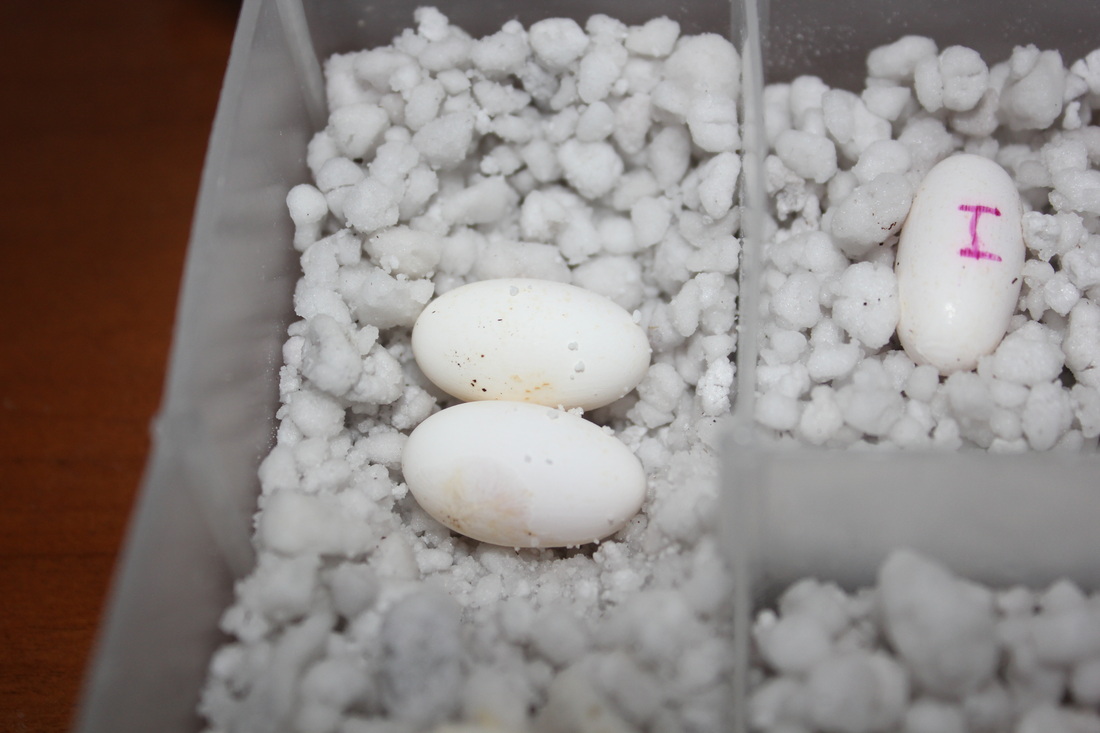
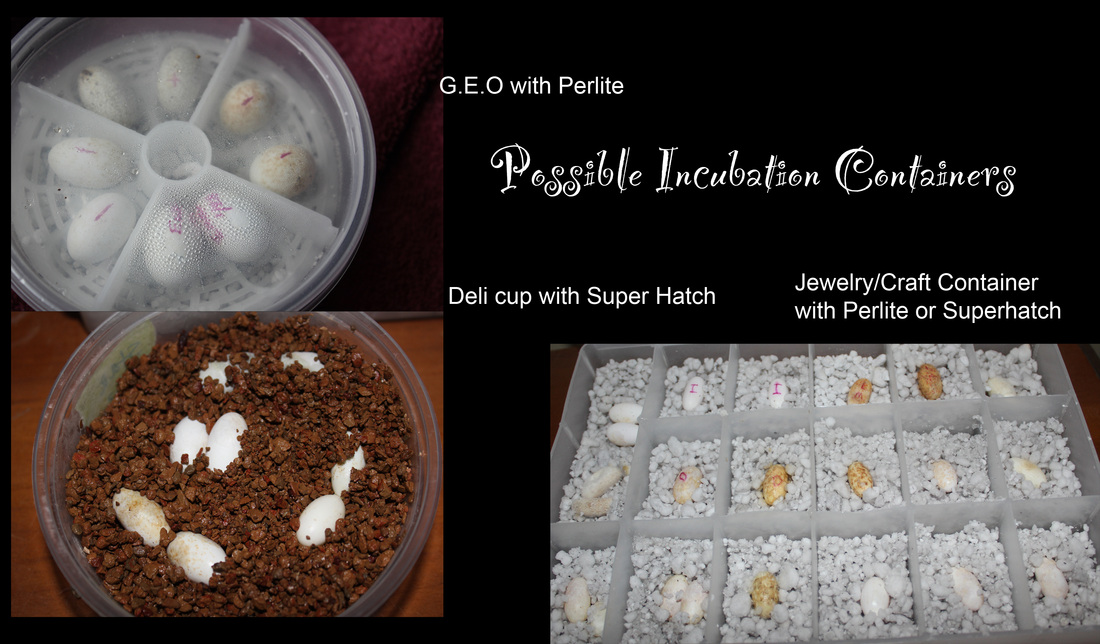
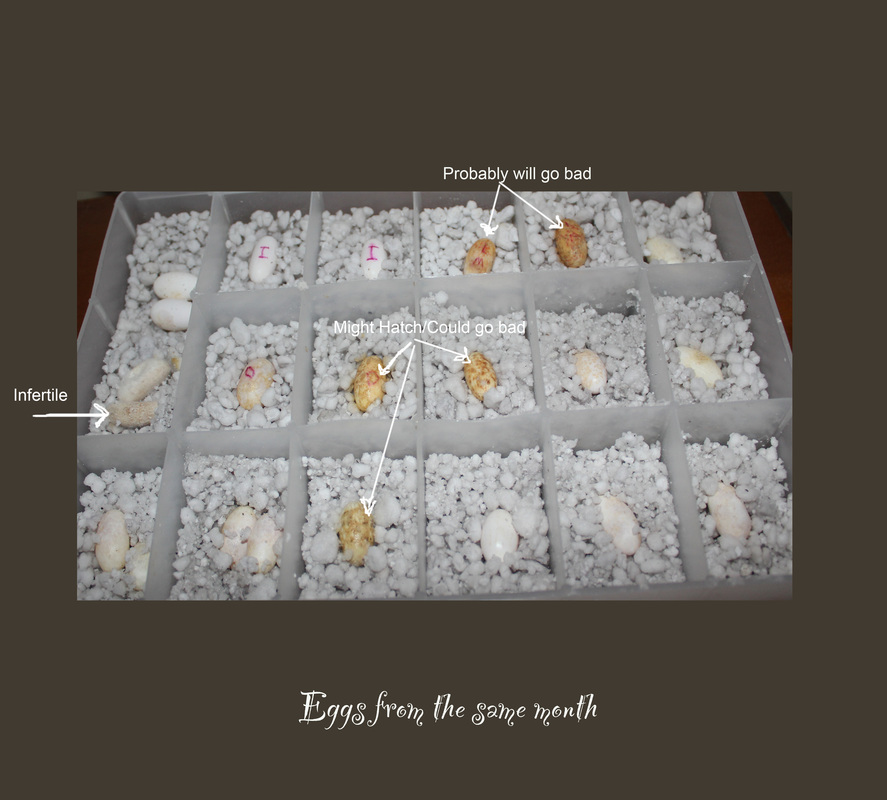
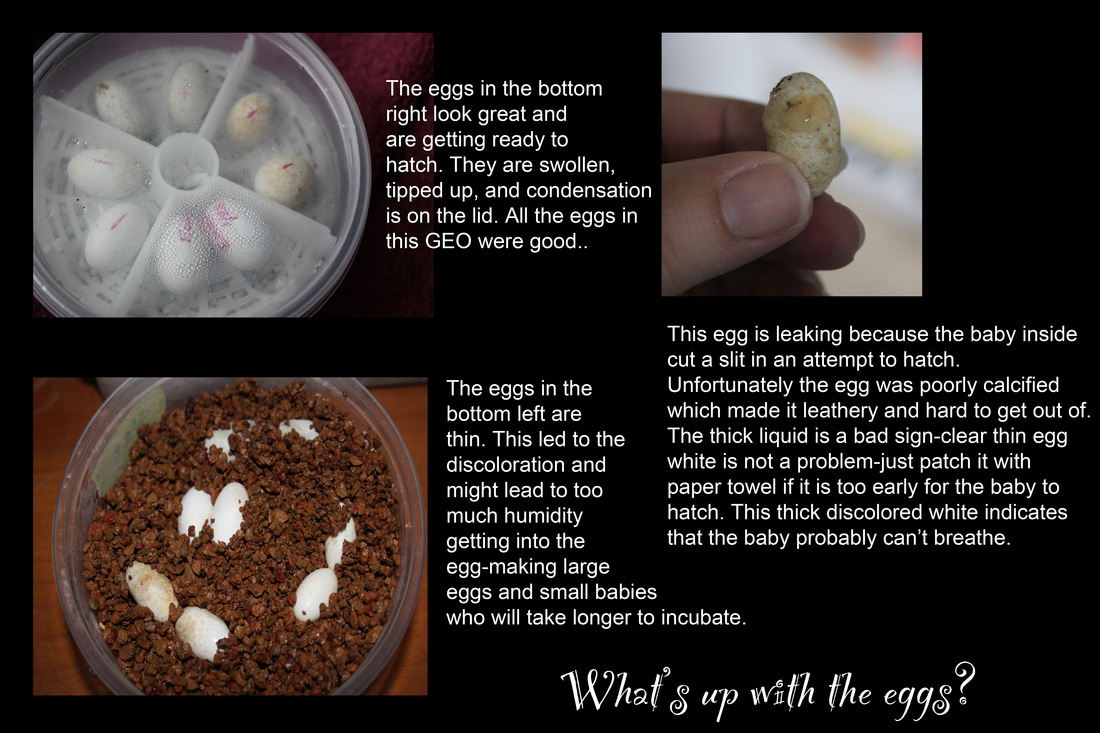
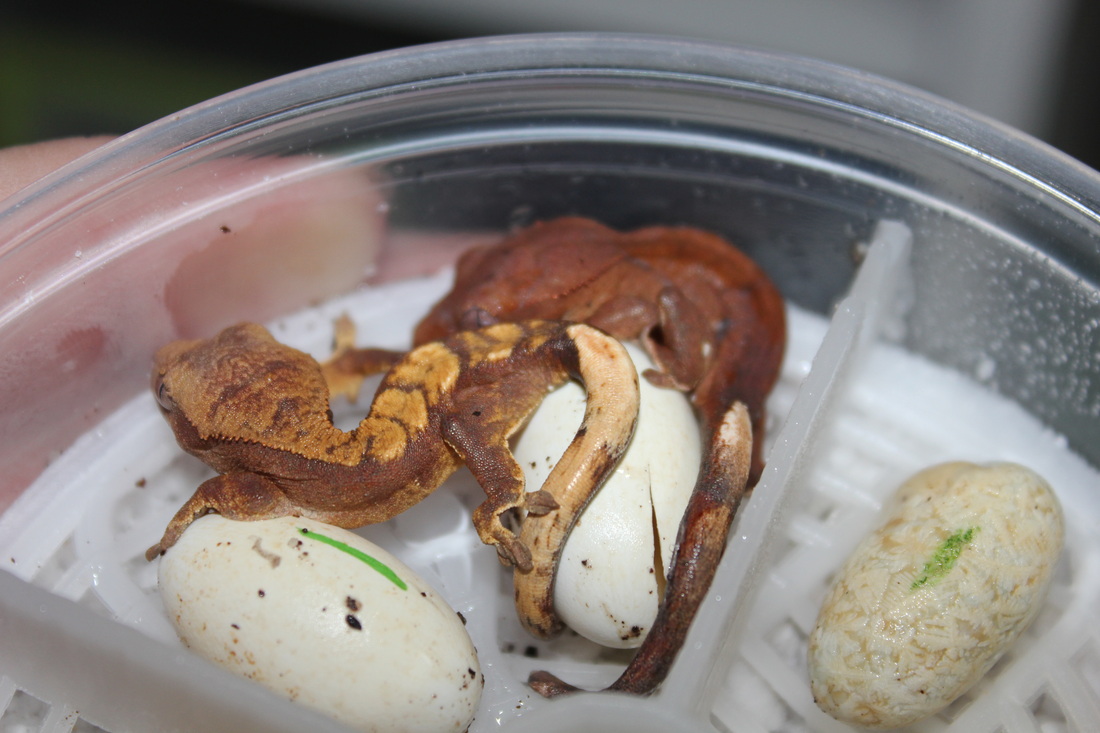
 RSS Feed
RSS Feed